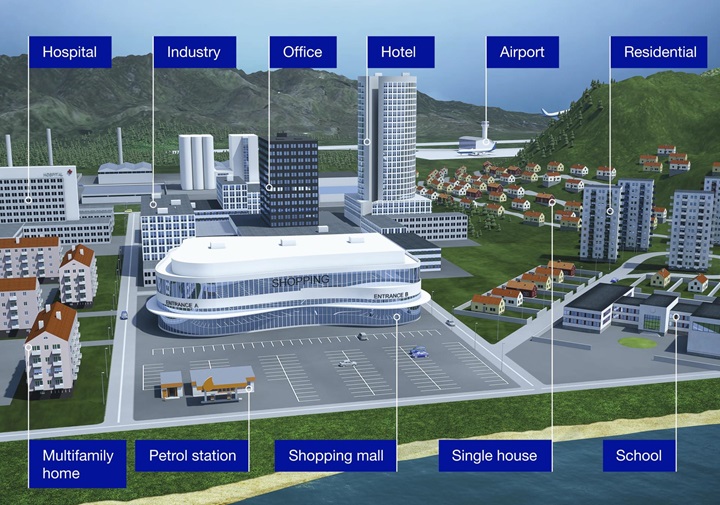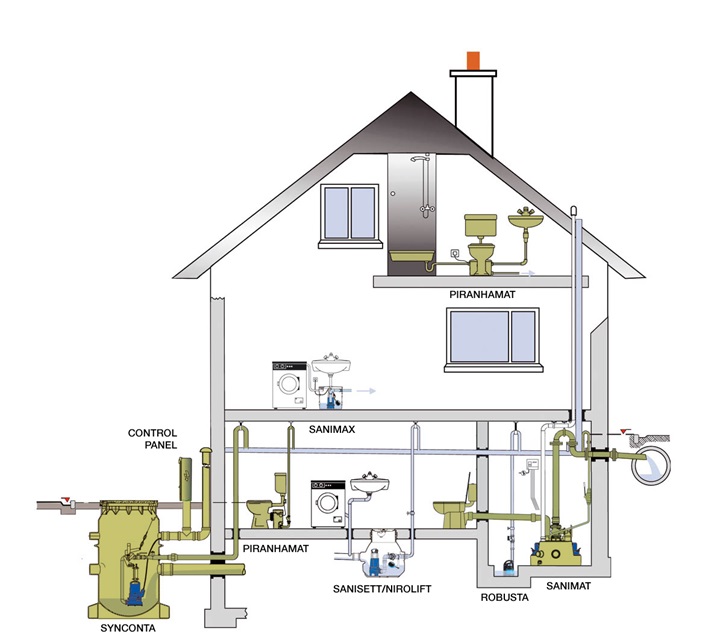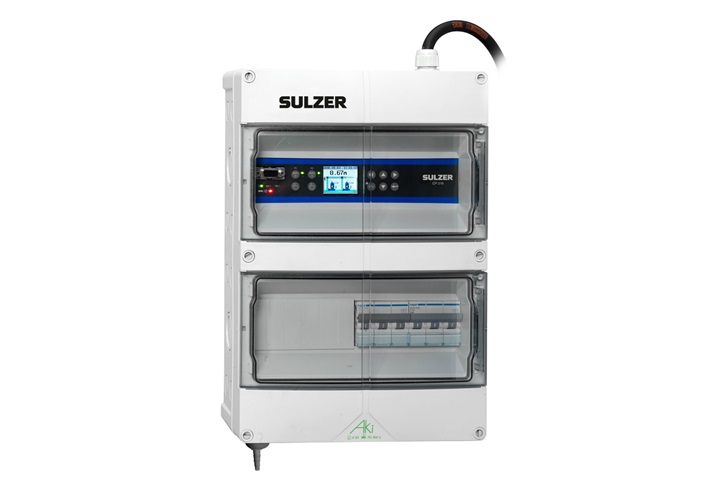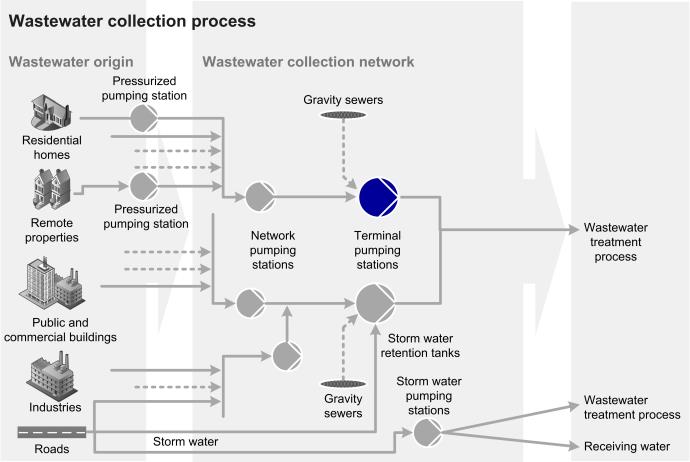Submersible pressure sensor type ABS MD 126
Robust and resistant when you need accuracy
The MD 126 is a high-accuracy submersible hydrostatic level sensor. Encapsulated in stainless steel and resistant to sewage water, it is designed to measure levels in liquids such as storm water and wastewater in sump pumps.
Main design features
When the two-wire-loop-powered sensor is connected in series with a DC power supply, the MD 126 generates a 4 to 20 mA output signal proportional to the level of the liquid.
The output signal can be connected to the mA–input of set point relays, chart recorders, indicating instruments, PLC, pump-controls, etc. The number of devices in series and the length of the cable from the sensor to the devices depend on the supply voltage.
The ceramic sensing element can withstand very high overpressure without damage.
Technical specifications
| Cable | PE 10 m, 15 m or 30 m |
Body |
stainless steel 1.4404 (316 L), acid resistant |








